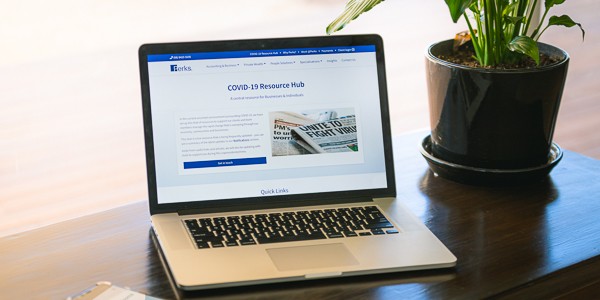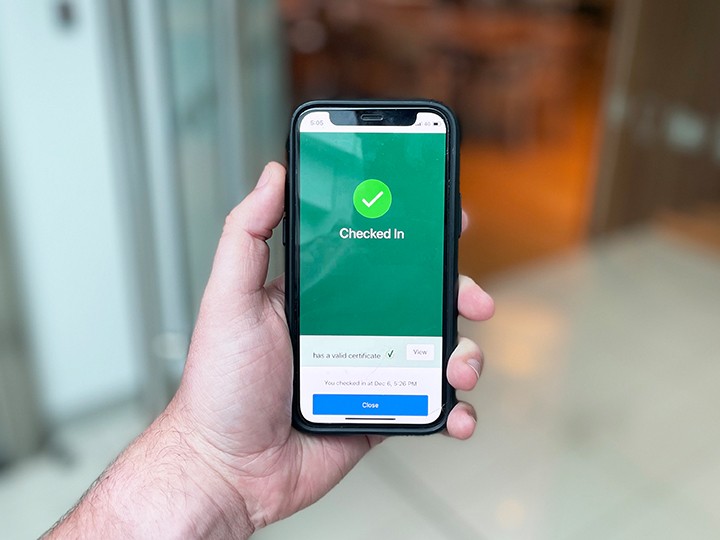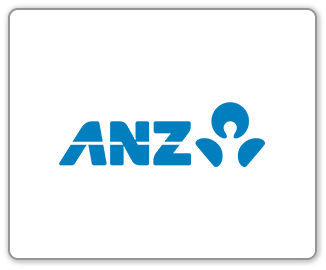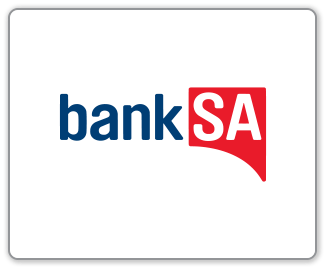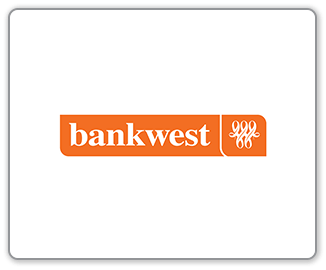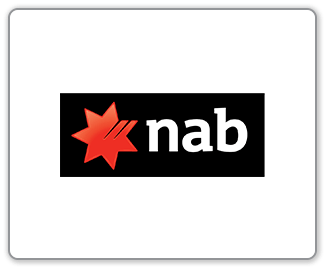No, the following payment schedule/ amounts apply:
From 28 September 2020 - 3 January 2021, eligible employees of eligible businesses receive:
- $1200/ fortnight for employees who satisfy the 80-hour threshold test in the relevant 28-day reference period. Your 28-day reference period or periods are based on when your pay cycle ends and therefore won’t be the same for all employers or employees. Use either:
- The pre-March period which is the 28 days which finish on the last day of the last pay cycle that ended before 1 March 2020, or
- The pre-July period which is the 28 days which finish on the last day of the last pay cycle that ended before 1 July 2020.
Note: If both are applicable, then you can choose the higher (working hours) of the two. Your employee only needs to satisfy the 80-hour threshold test in one of the 28-day reference periods. If they satisfy it in one reference period, you do not need to determine if they satisfy it in other reference periods. If your pay cycle is longer than 28 days for your employees (for example monthly), you will need to perform a pro-rata calculation.
- $750/ fortnight for employees who worked less than the 80-hour threshold during both the February and June 2020 periods.
From 4 January 2021 - 28 March 2021, eligible employees of eligible businesses receive:
- $1000/ fortnight for employees who satisfied the 80-hour threshold test (see above).
- $650/ fortnight for employees who worked less than the 80-hour threshold during both the February and June 2020 periods.
